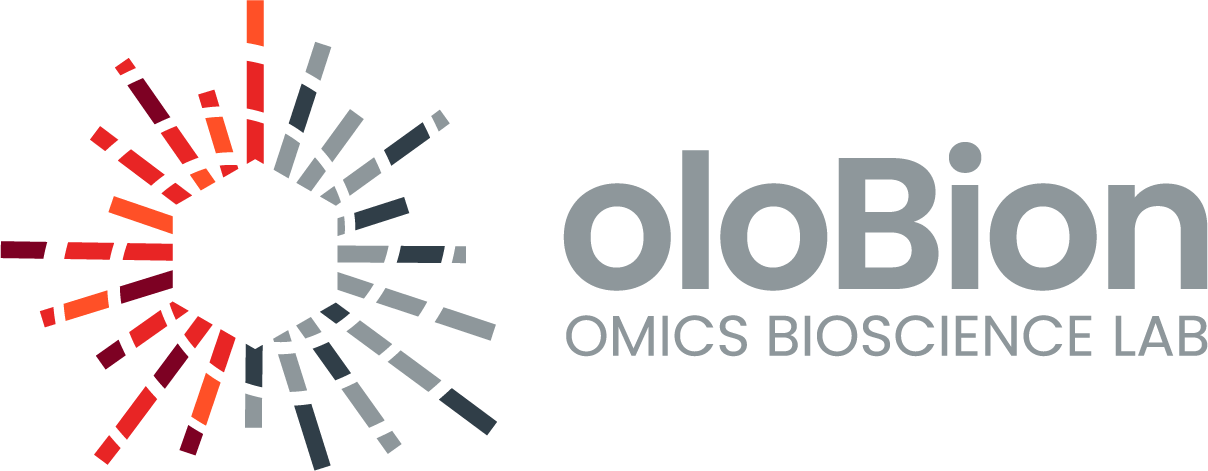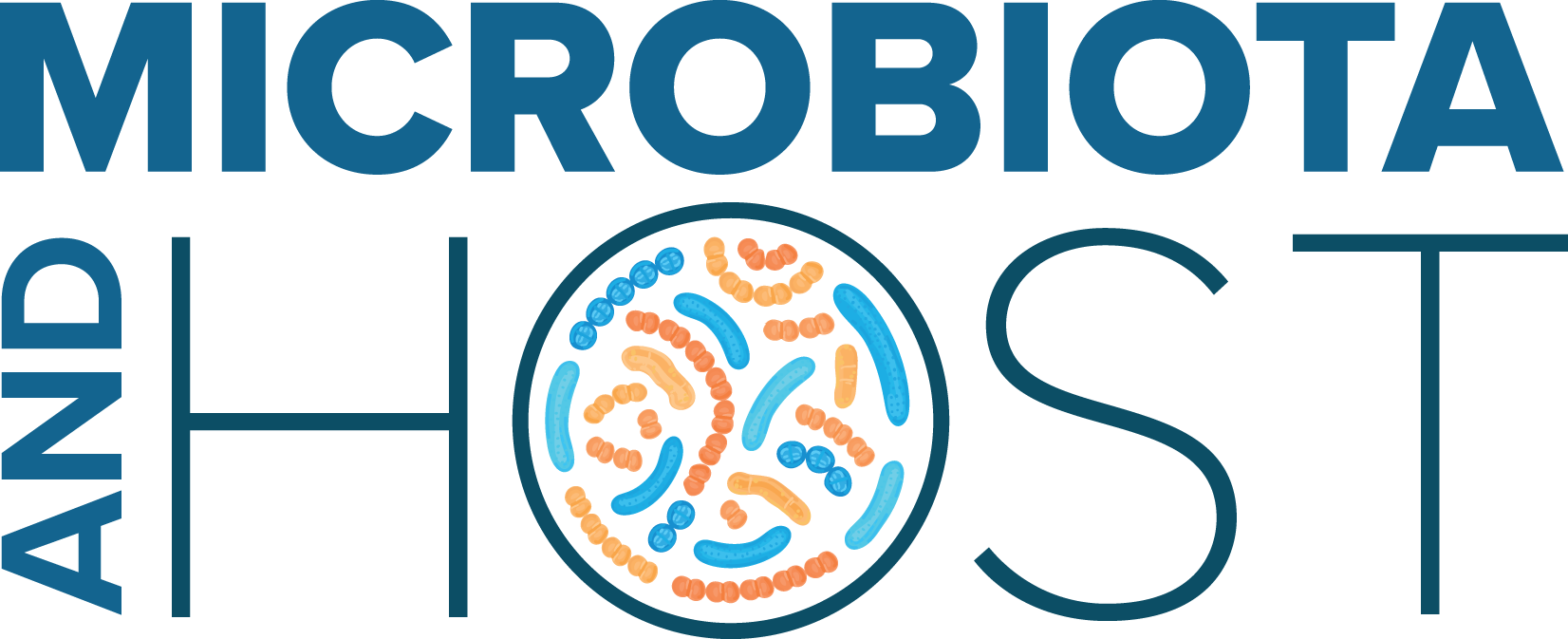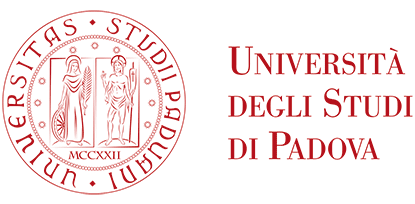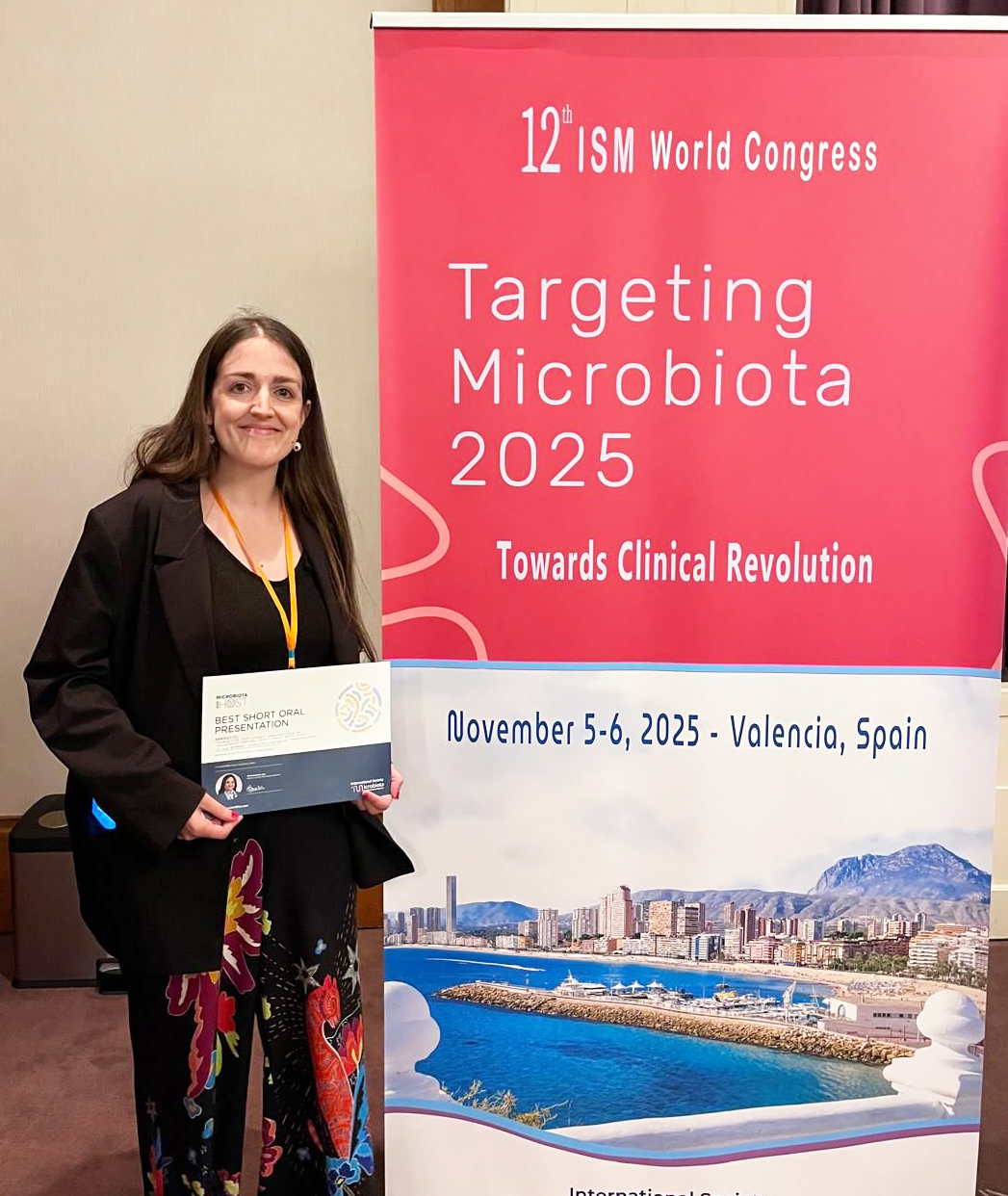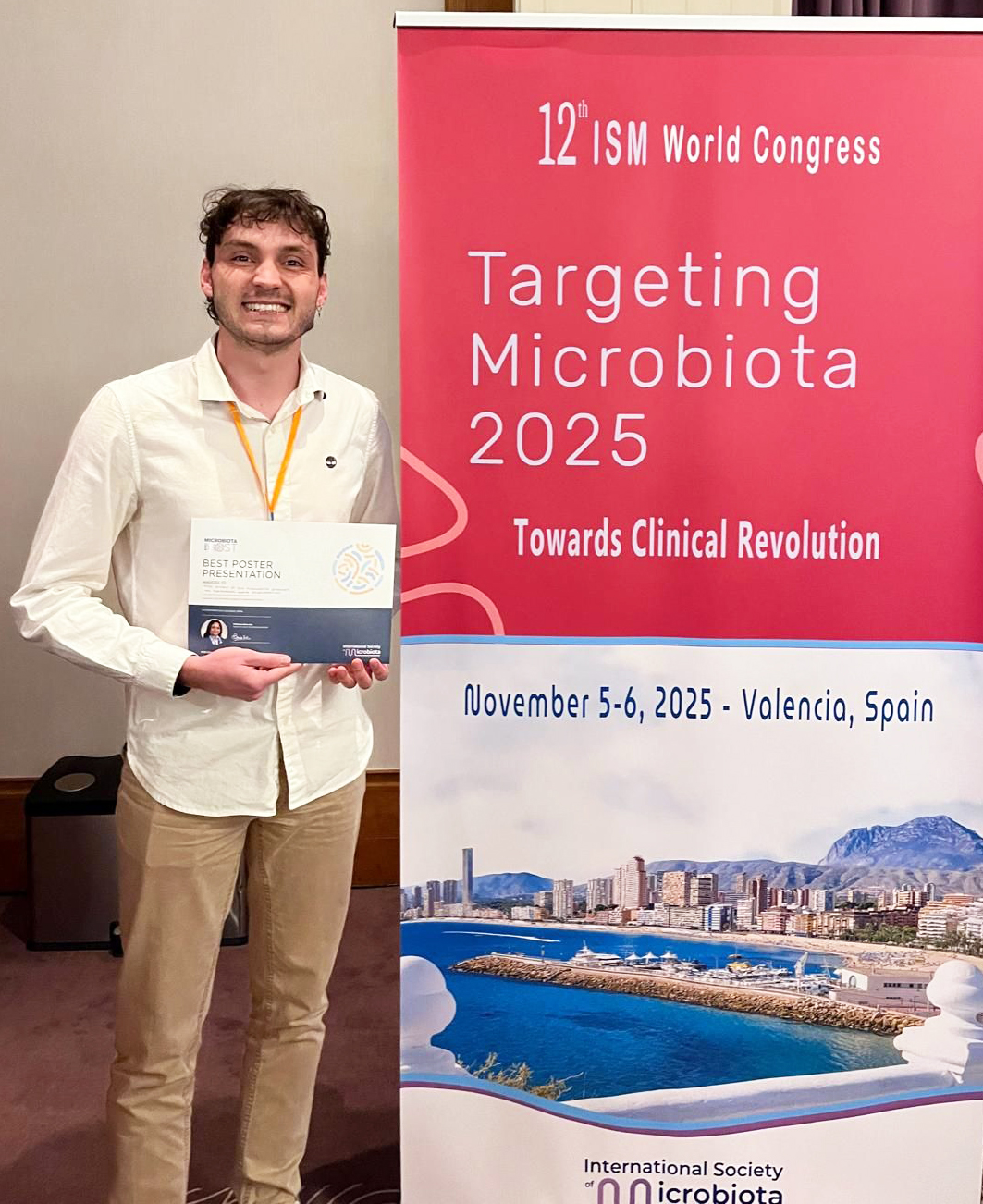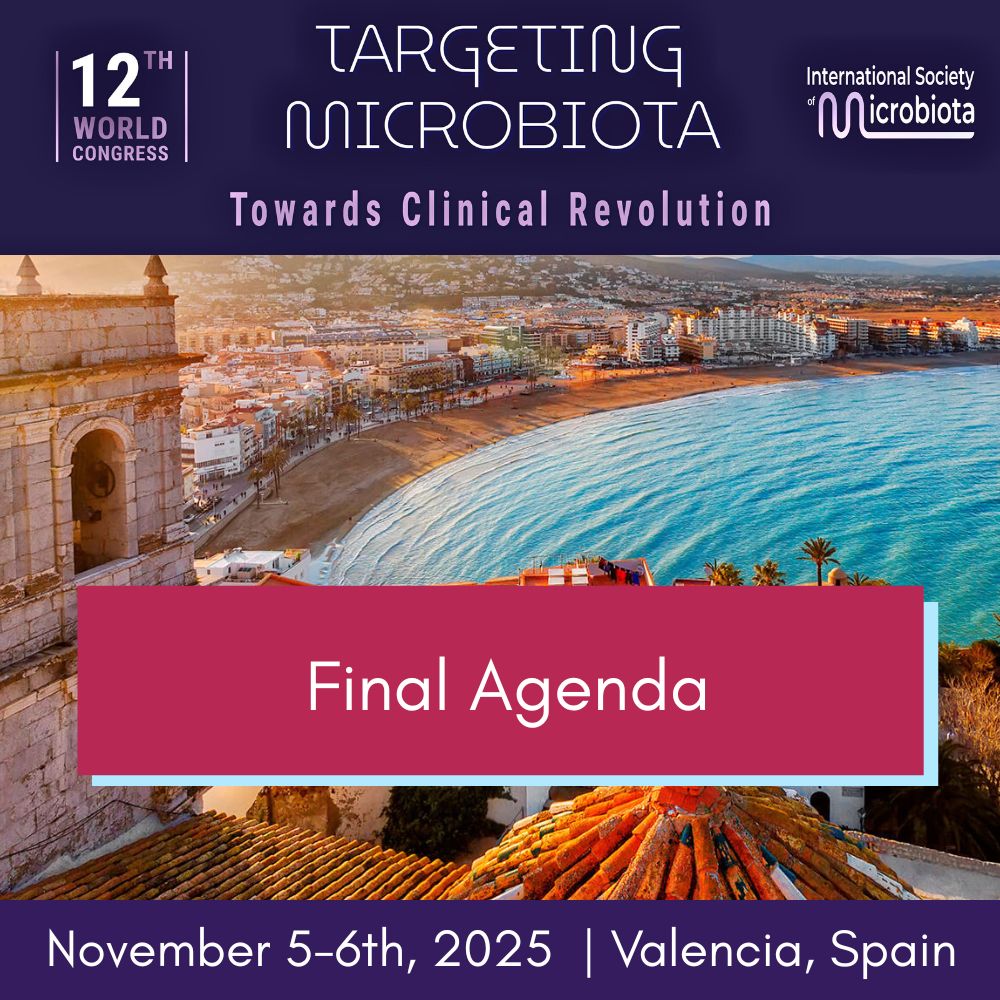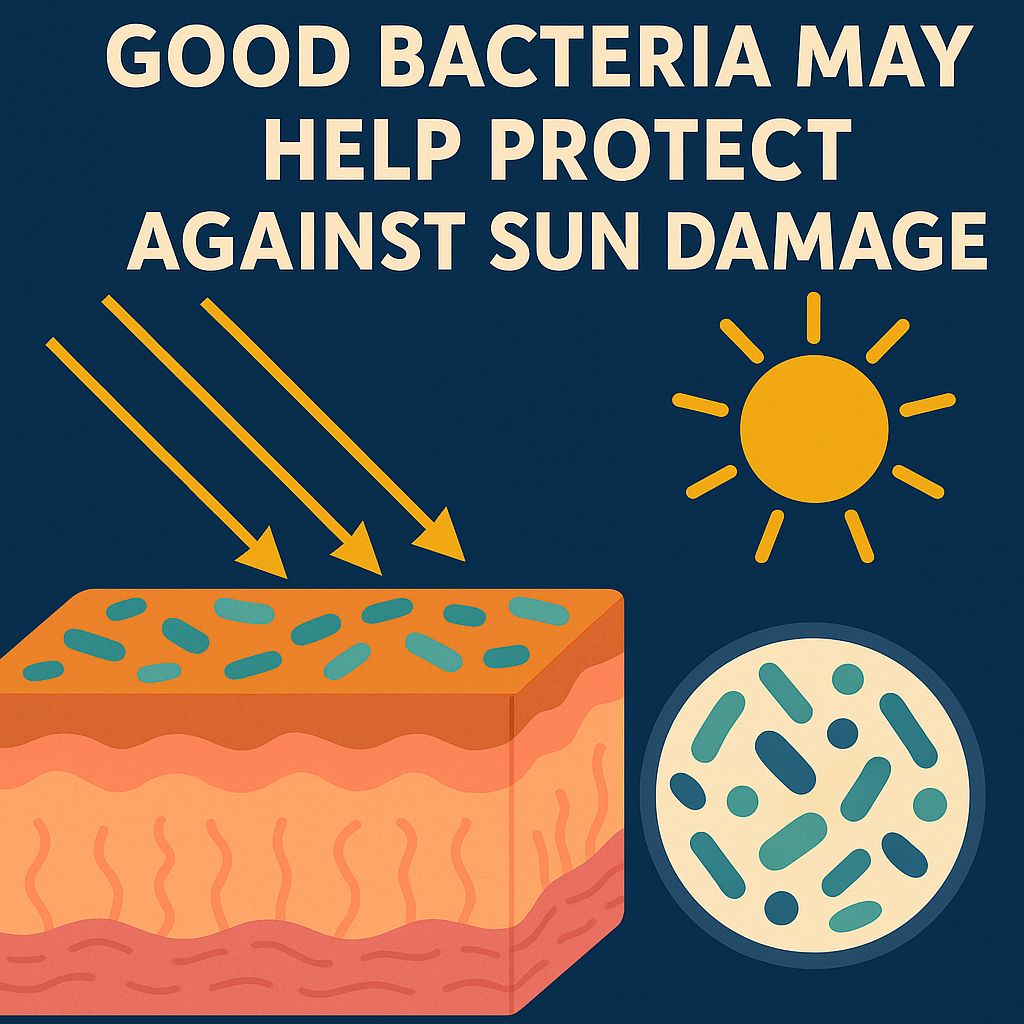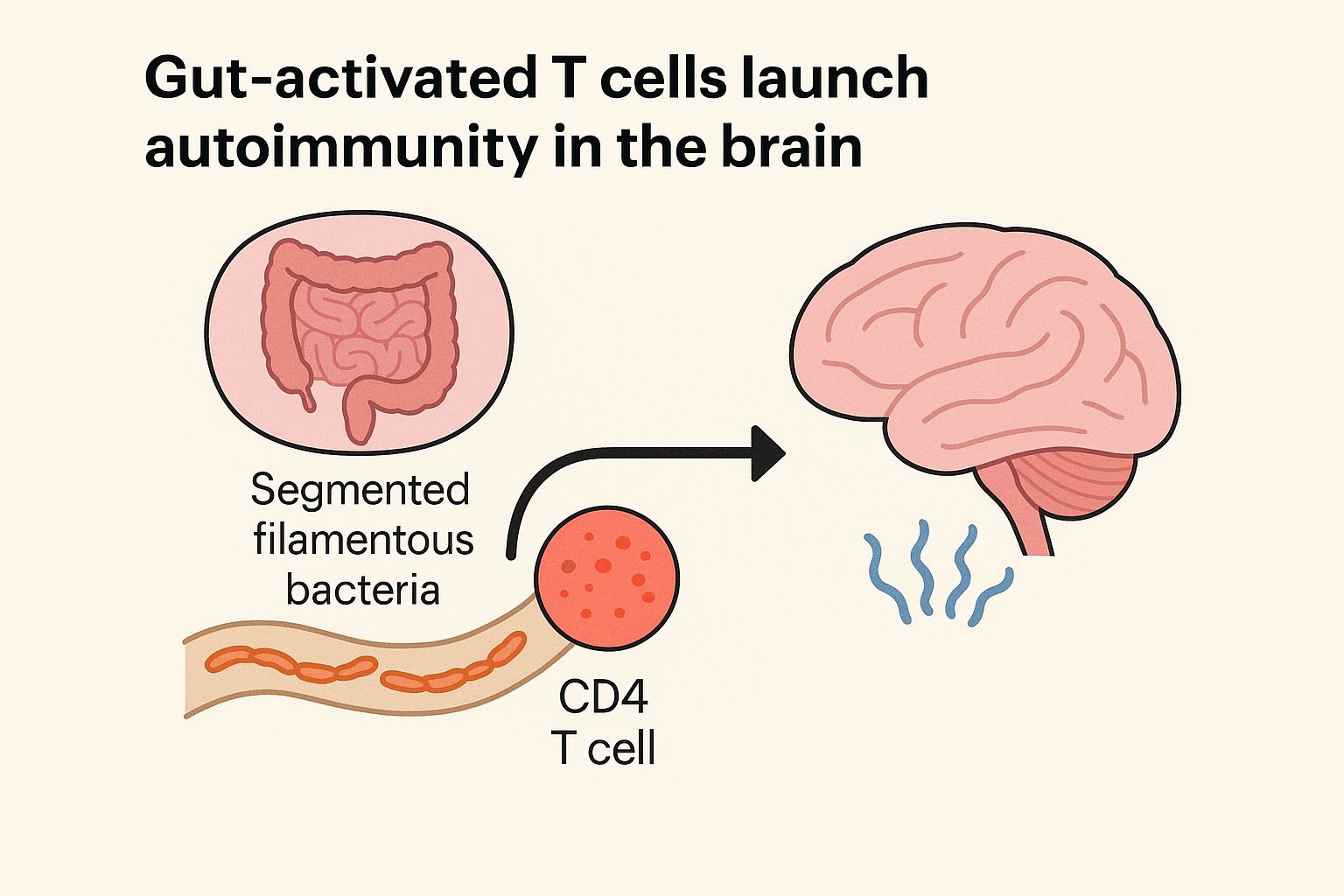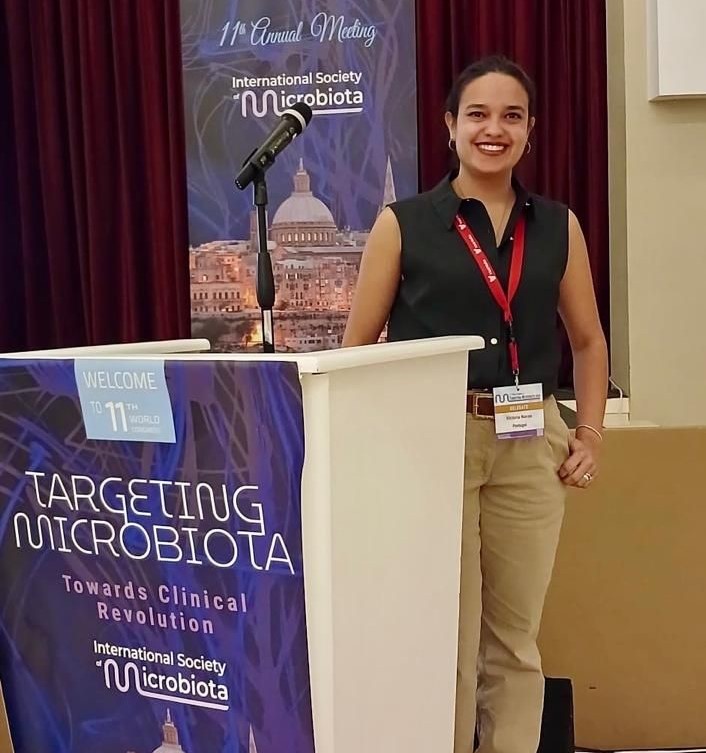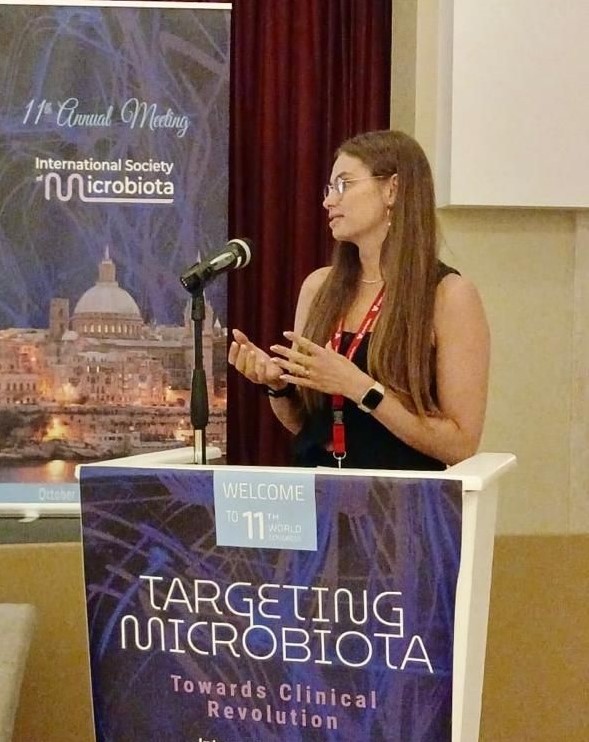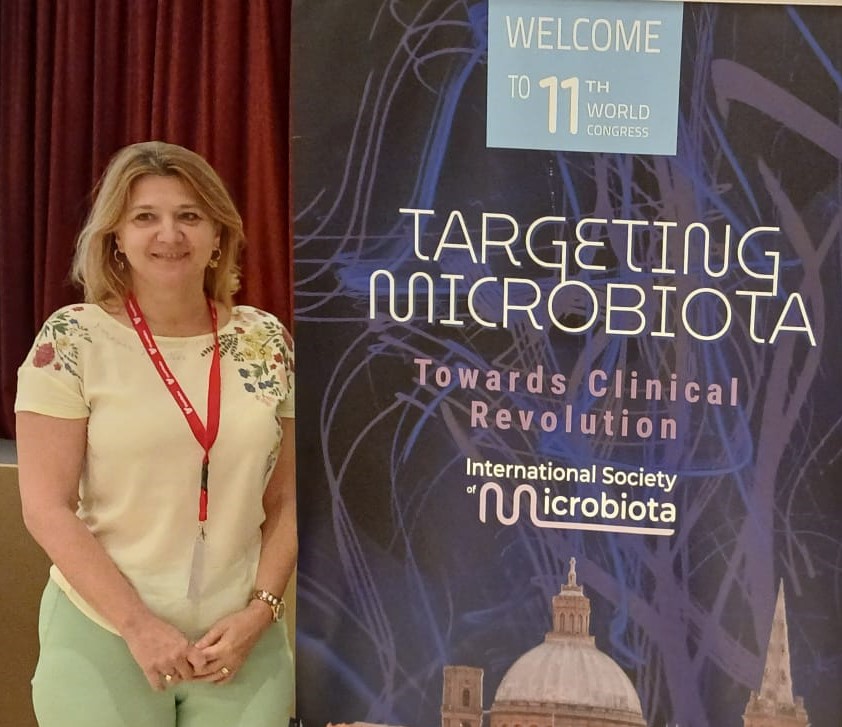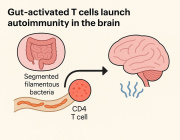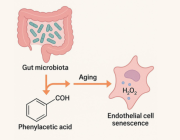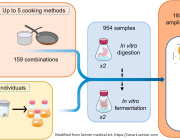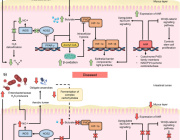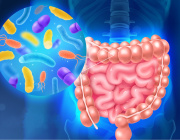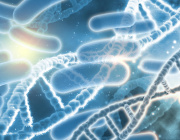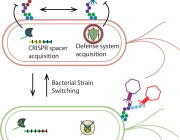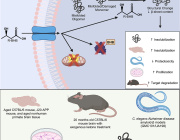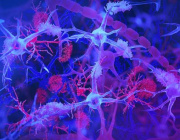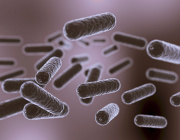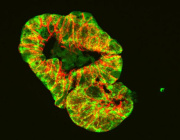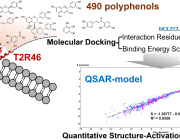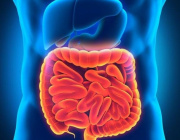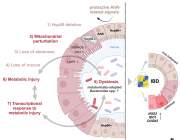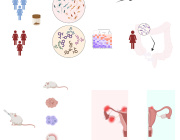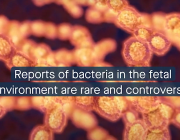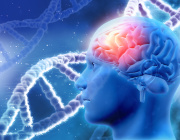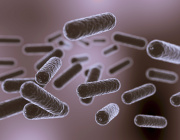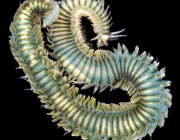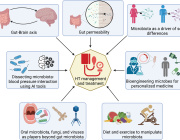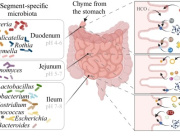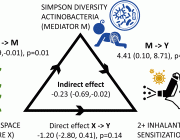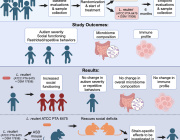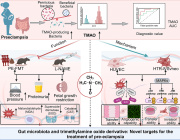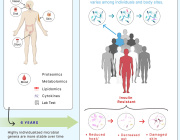Revealing the Role of Extracellular Vesicles in Maternal-Fetal Communication

In a study published in Microbiome (BMC by Springer), researchers from the University of Oulu, Finland, have revealed a significant new understanding of the relationship between the maternal microbiota and fetal development. The research highlights the role of extracellular vesicles in the interaction between gut bacteria and the fetus, offering critical insights into prenatal health. Dr. Justus Reunanen, a co-author of the study, will join the Targeting Microbiota 2024 Congress this October in Malta to further elaborate on these findings.
Prior studies on the presence of bacteria in the fetal environment have been limited and contentious. However, this new research reveals extracellular vesicles as a novel mechanism of communication between the maternal microbiota and the fetus, potentially resolving some of the ongoing debates in the field.
The study aimed to investigate whether bacterial extracellular vesicles could be present in the fetal environment during healthy pregnancies and if these vesicles have the ability to cross biological barriers to reach the fetus. The findings were striking: bacterial extracellular vesicles were detectable in the amniotic fluid of healthy pregnant women and closely resembled those originating from the maternal gut microbiota. Additionally, experiments conducted on pregnant mice demonstrated that extracellular vesicles from the maternal gut microbiota could cross biological barriers and reach the intra-amniotic space.
These results suggest a previously unrecognized form of interaction between maternal microbiota and the developing fetus. Extracellular vesicles may play a pivotal role in priming the fetal immune system for gut colonization after birth, potentially influencing early immune system development and prenatal health.
Video Abstract
Join Dr. Justus Reunanen this October in Malta to learn more about microbiota-derived extracellular vesicles for maternal and fetal health.
Media Credit: Video Abstract, Kaisanlahti, A., Turunen, J., Byts, N. et al. Microbiome 11, 249 (2023).





